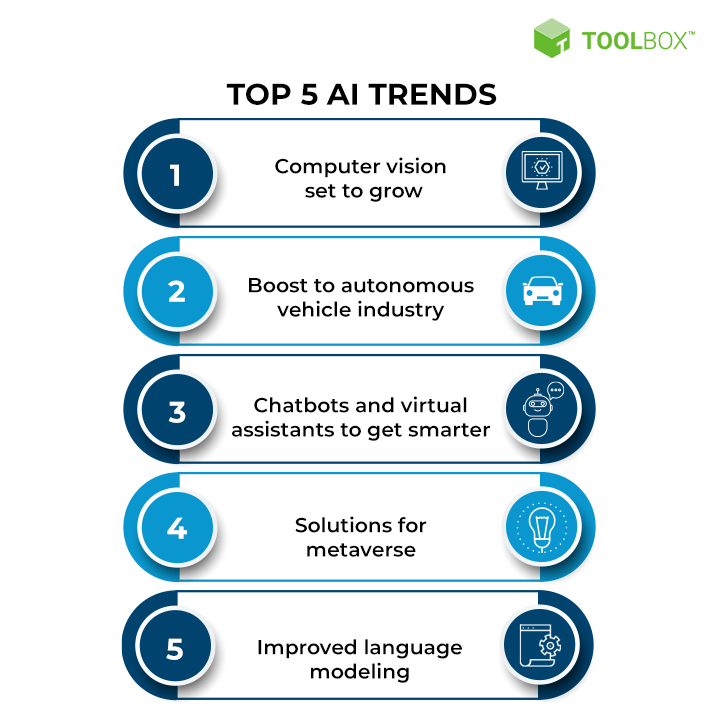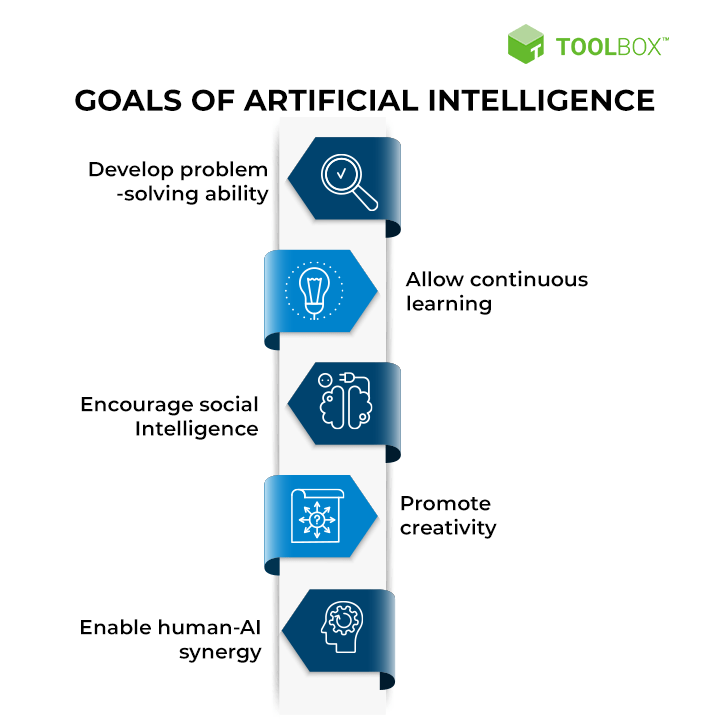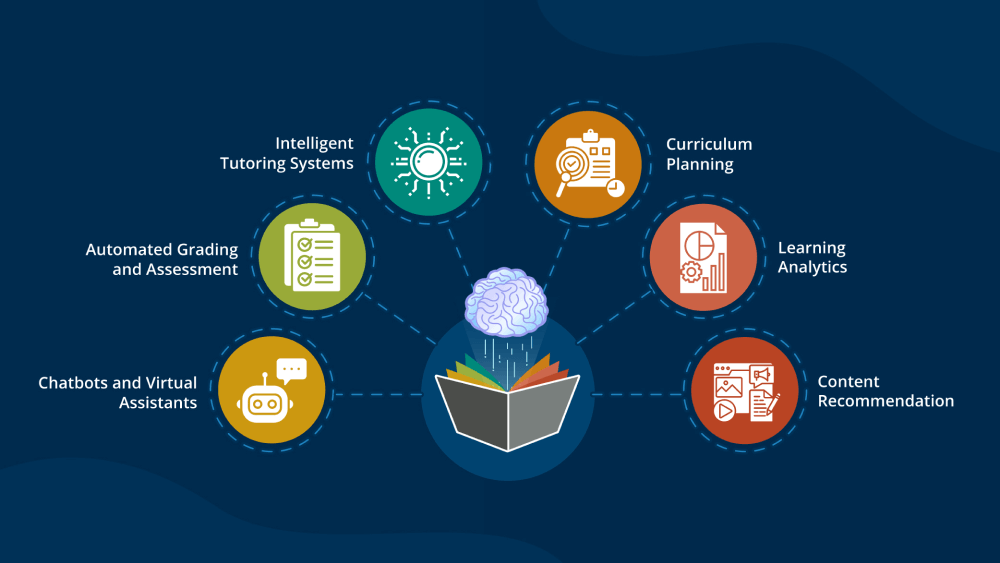Welcome to “Learning AI Made Simple: Easy Methods for Success”! In this article, you will discover the most effective and straightforward ways to learn artificial intelligence without feeling overwhelmed or confused. Whether you are a beginner or looking to enhance your skills in AI, these easy methods will guide you towards success in mastering this fascinating technology. Say goodbye to complicated jargon and hello to a simplified learning experience that will make AI accessible and achievable for anyone. Let’s dive in and start learning AI the easy way!
Learning AI Made Simple: Easy Methods for Success
Have you ever wondered how AI works and how you can learn it without getting overwhelmed by technical jargon? You’re in luck! In this article, we’ll break down the process of learning AI into simple and easy-to-understand methods that will set you up for success. Whether you’re a beginner or someone looking to expand their knowledge, this guide will help you navigate the world of AI with confidence.

Understanding the Basics of AI
Let’s start with the basics. AI, or Artificial Intelligence, is the simulation of human intelligence processes by machines, especially computer systems. It involves the creation of algorithms that can learn from data, make predictions, and perform tasks that traditionally require human intelligence. Understanding the fundamentals of AI is crucial before diving into more complex concepts.
Exploring Different Types of AI
There are three main types of AI: Narrow AI, General AI, and Superintelligent AI. Narrow AI, also known as Weak AI, is designed for a specific task, such as facial recognition or voice assistants. General AI, or Strong AI, is more advanced and can perform any intellectual task that a human can. Superintelligent AI is hypothetical and far surpasses human intelligence. Learning about these different types will give you a broader perspective on the capabilities of AI.
The Importance of Data in AI
Data is the fuel that powers AI. In order for AI algorithms to learn and make accurate predictions, they need access to large amounts of data. This data can come in various forms, such as images, text, or numerical values. Understanding how data is collected, cleaned, and used in AI models is essential for anyone looking to work in the field of AI.
Getting Started with Machine Learning
Machine Learning is a subset of AI that focuses on building algorithms capable of learning from and making predictions based on data. There are three main types of Machine Learning: Supervised Learning, Unsupervised Learning, and Reinforcement Learning. Each type has its own set of techniques and applications. Starting with Machine Learning will give you a solid foundation for understanding AI concepts.

Choosing the Right Programming Language
Python is the most popular programming language for AI and Machine Learning. Its simplicity, readability, and vast libraries make it an ideal choice for beginners. Other programming languages commonly used in AI include R, Java, and C++. Learning Python will not only help you grasp AI concepts more easily but also open up a wide range of opportunities in the field of AI.
Understanding Neural Networks
Neural Networks are a fundamental part of AI and Machine Learning. They are designed to mimic the way the human brain operates, with interconnected nodes that process information and make decisions. Understanding how Neural Networks work, including concepts such as layers, activation functions, and backpropagation, is crucial for anyone looking to build advanced AI models.

Building Your First AI Model
Now that you have a solid understanding of the basics, it’s time to build your first AI model. Start with a simple project, such as a basic image classification model using a dataset like MNIST. By following tutorials and guides available online, you can learn how to preprocess data, build a model using Python libraries like TensorFlow or PyTorch, and evaluate its performance.
Exploring AI Ethics and Bias
AI algorithms are not immune to bias and ethical concerns. It’s important to consider how biases are introduced into AI models, the impact they can have on decision-making processes, and how to mitigate these biases. Understanding AI ethics will not only make you a responsible AI practitioner but also help you build fair and unbiased AI models.

Joining AI Communities and Forums
One of the best ways to learn AI is by joining online communities and forums dedicated to the subject. Platforms like GitHub, Kaggle, and Stack Overflow provide a wealth of resources, tutorials, and discussions on AI-related topics. Engaging with other AI enthusiasts, sharing your projects, and seeking advice from experienced practitioners can enhance your learning experience and help you stay up-to-date with the latest trends in AI.
Taking Online Courses and Workshops
There are numerous online courses and workshops available that cater to individuals interested in learning AI. Platforms like Coursera, Udacity, and edX offer courses taught by industry experts and researchers. Whether you’re looking to dive deep into specific topics like Natural Language Processing or Reinforcement Learning, or seeking a comprehensive AI curriculum, online courses are a great way to enhance your knowledge and skills in AI.

Applying AI in Real-World Projects
Once you’ve gained a solid understanding of AI concepts and techniques, it’s time to apply your knowledge to real-world projects. Consider participating in AI hackathons, building AI solutions for social good, or collaborating with other AI enthusiasts on open-source projects. By working on practical projects, you can gain hands-on experience, build a portfolio, and showcase your skills to potential employers or collaborators.
Staying Curious and Iterating
Learning AI is a continuous process that requires curiosity, persistence, and a growth mindset. Stay curious about new AI technologies and applications, experiment with different models and techniques, and be open to feedback and iteration. The field of AI is constantly evolving, so it’s important to stay updated with the latest advancements and trends in order to keep improving your skills and expertise.
By following these easy methods for learning AI, you’ll be well on your way to mastering the complexities of Artificial Intelligence and building innovative solutions that have a positive impact on the world. Remember, AI may seem daunting at first, but with determination and the right resources, you can achieve success and excel in this exciting field. Happy learning!






Leave a Reply